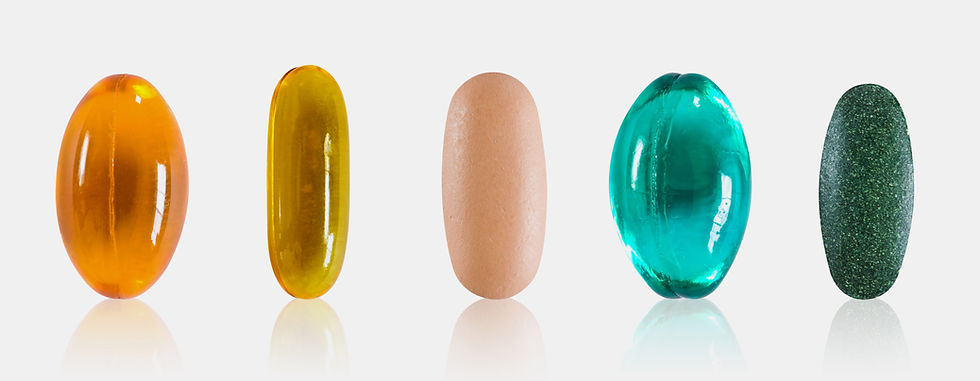Iron Overload in Ovaries caused by Endometriosis Drives Infertility: Strategies to Promote Fertility
- Dr. H. Singh, ND

- Jul 11, 2022
- 2 min read
Endometriosis appears to be occur more commonly among the subset of the population afflicted by infertility. Some research has suggested that upwards of 50% of Patients dealing with infertility may have some level of endometriosis. This is concerning because often patients are offered little medical intervention related to endometriosis unless it is severe and significantly affecting quality of life. A newly published research paper in the Journal of Cell Death and Disease suggests that less severe forms of endometriosis may have a significant negative impact on egg quality.
Different Types of Endometriosis that affect Fertility:
Endometriosis can generally be classified in to three separate categories: superficial peritoneal lesions, ovarian endometriosis and deep infiltrating endometriosis. The newly published paper found that ovarian endometriosis may significantly affect ovarian fertility, more than the other forms. While severe endometriosis can cause scar tissue, block fallopian tubes and may disrupt movement of follicle down the fallopian tube, the ovarian endometriosis drives biochemical changes in the ovary that negatively can affect the quality and morphology of eggs. Additionally, research has suggested that Patients with ovarian endometriosis are more likely to see reduced follicle counts with egg reserve testing.
How do Iron Levels Increase in Ovaries with Endometriosis?
The presence of iron overload in the follicular fluid seems to be a contributing cause for the disruption in egg quality and maturation. Iron levels can increase dramatically in the ovary due to retrograde flow of menstrual flow and cyclic bleeding of endometriosis lesions in the membrane that lines the abdominal cavity (peritoneum).
How does Increased Iron Levels in Follicular Fluid Disrupt Egg Quality?
The increase in iron levels in the follicular fluid of the ovary causes increased oxidative stress, increased lipid peroxidation, disruption in the function of granulosa cells (most abundant cell in ovary) and the local signals it these cells send to follicles to support their maturation. These biochemical changes lead to a unique process of programmed cell death called ferroptosis.
What may help Prevent Iron Overload from Disrupting Ovarian Function & Fertility?
The researchers found that inhibiting ferroptosis helped to normalize some of the pathogenic changes observed in ovarian endometriosis. They also observed that treatment strategies to reduce lipid per oxidation and prevent ferroptosis using an antioxidant (Vitamin E) combined with an iron chelator (helps to remove excess iron) can help to ameliorate symptoms and support healthy oocyte maturation.
This article is being shared as educational content and is in no way a replacement for medical advice or medical care, it is advised that anyone concerned about their Health should speak with their Naturopathic Doctor. Please discuss with your healtcare provider and only make changes to your medications regimen if recommended by your doctor and under their guidance and supervision.
Reference:
Ni, Z., Li, Y., Song, D., Ding, J., Mei, S., Sun, S., Cheng, W., Yu, J., Zhou, L., Kuang, Y., Li, M., Cai, Z., & Yu, C. (2022). Iron-overloaded follicular fluid increases the risk of endometriosis-related infertility by triggering granulosa cell ferroptosis and oocyte dysmaturity. Cell Death and Disease, 13(579).








Comments